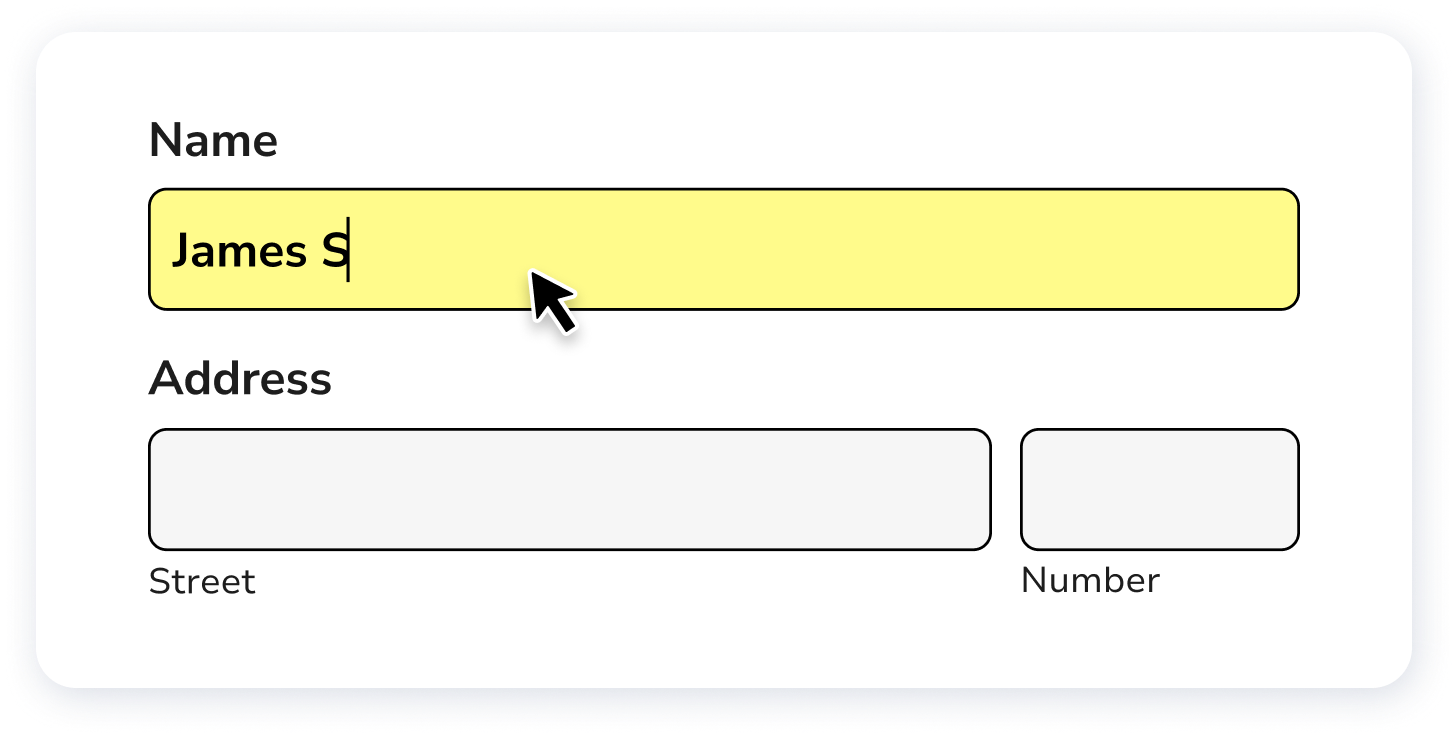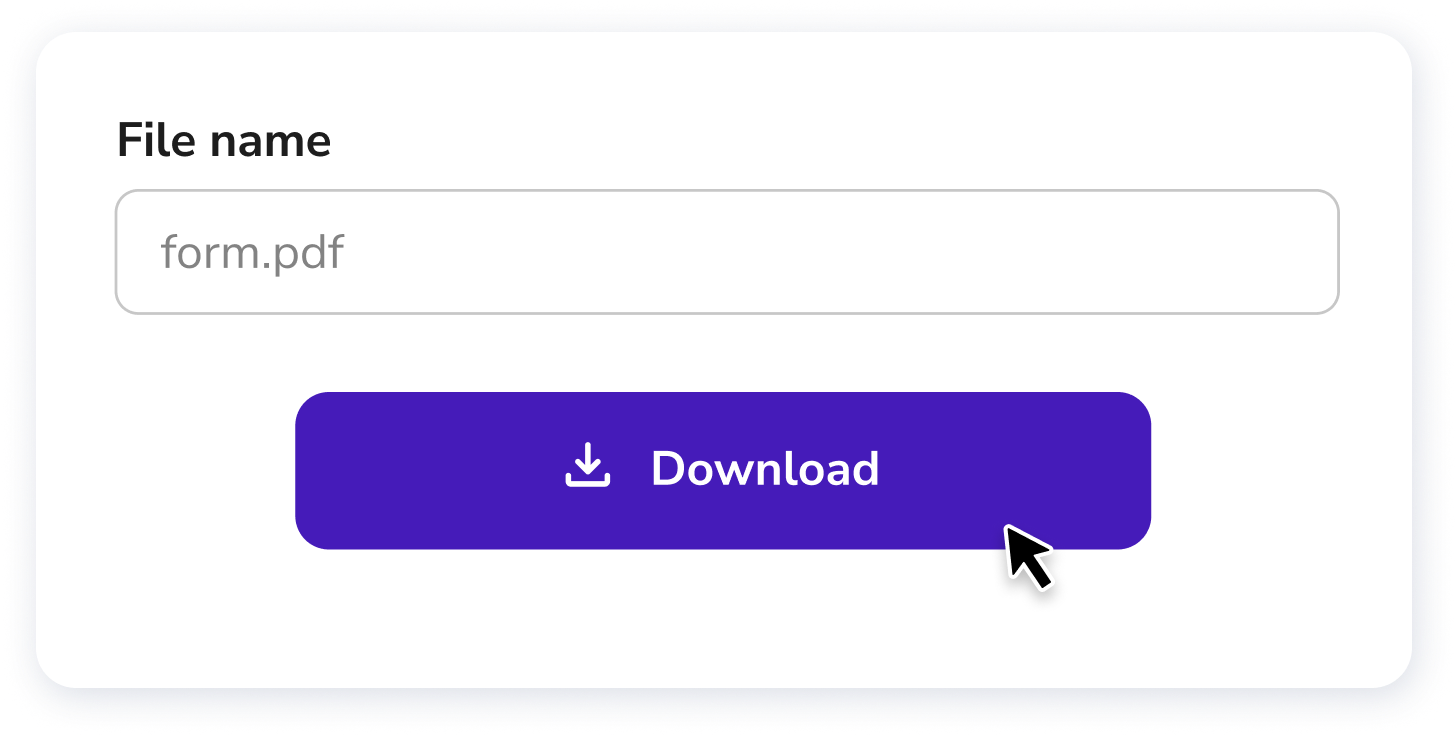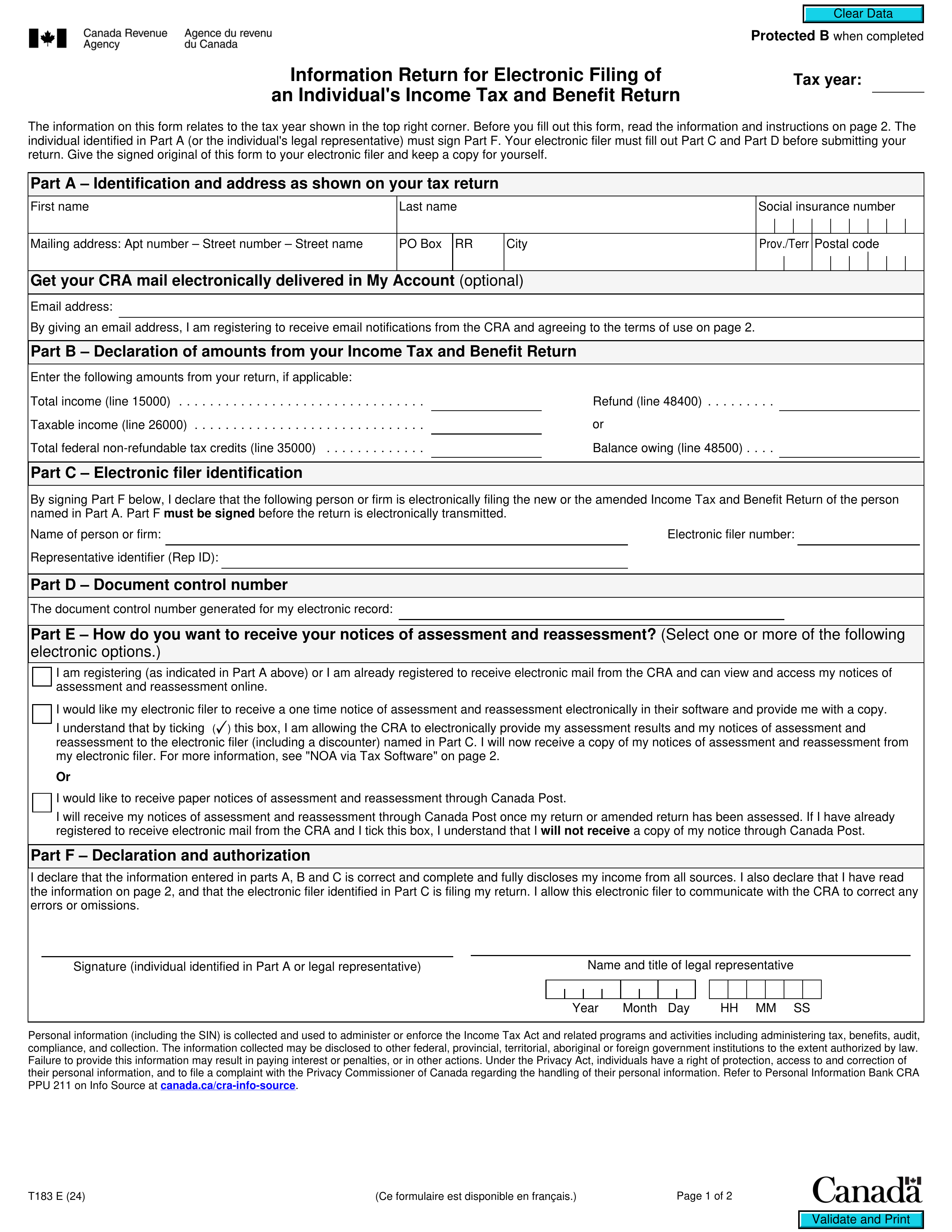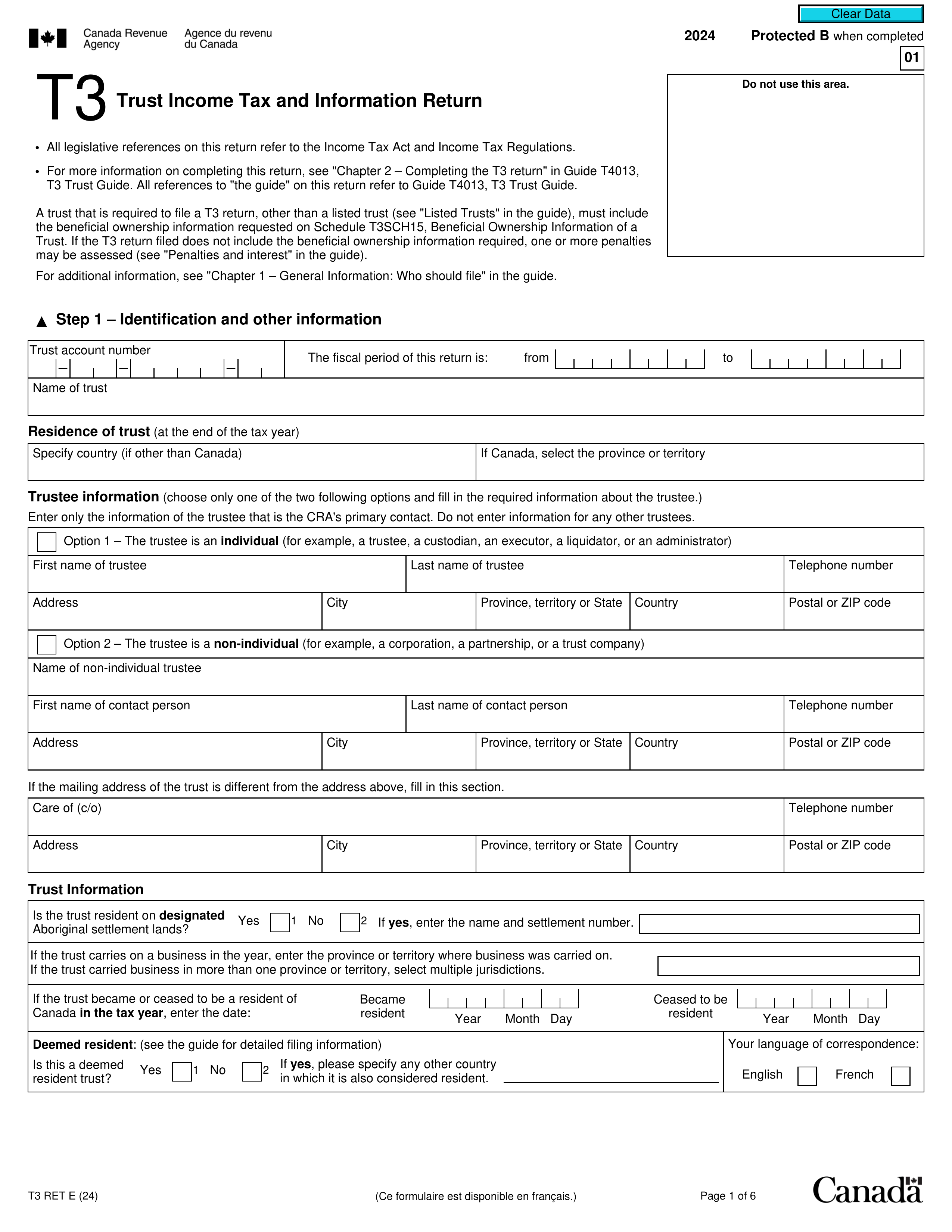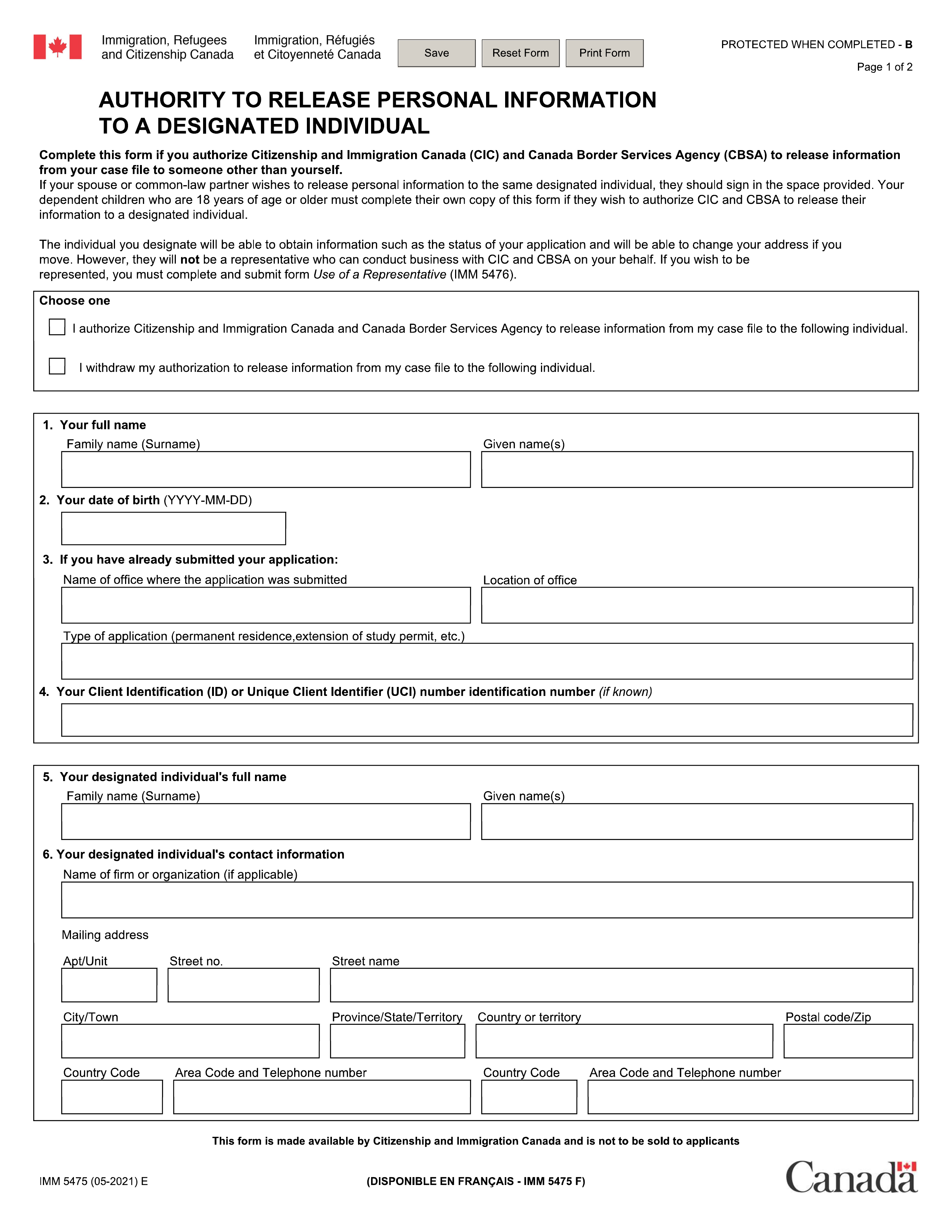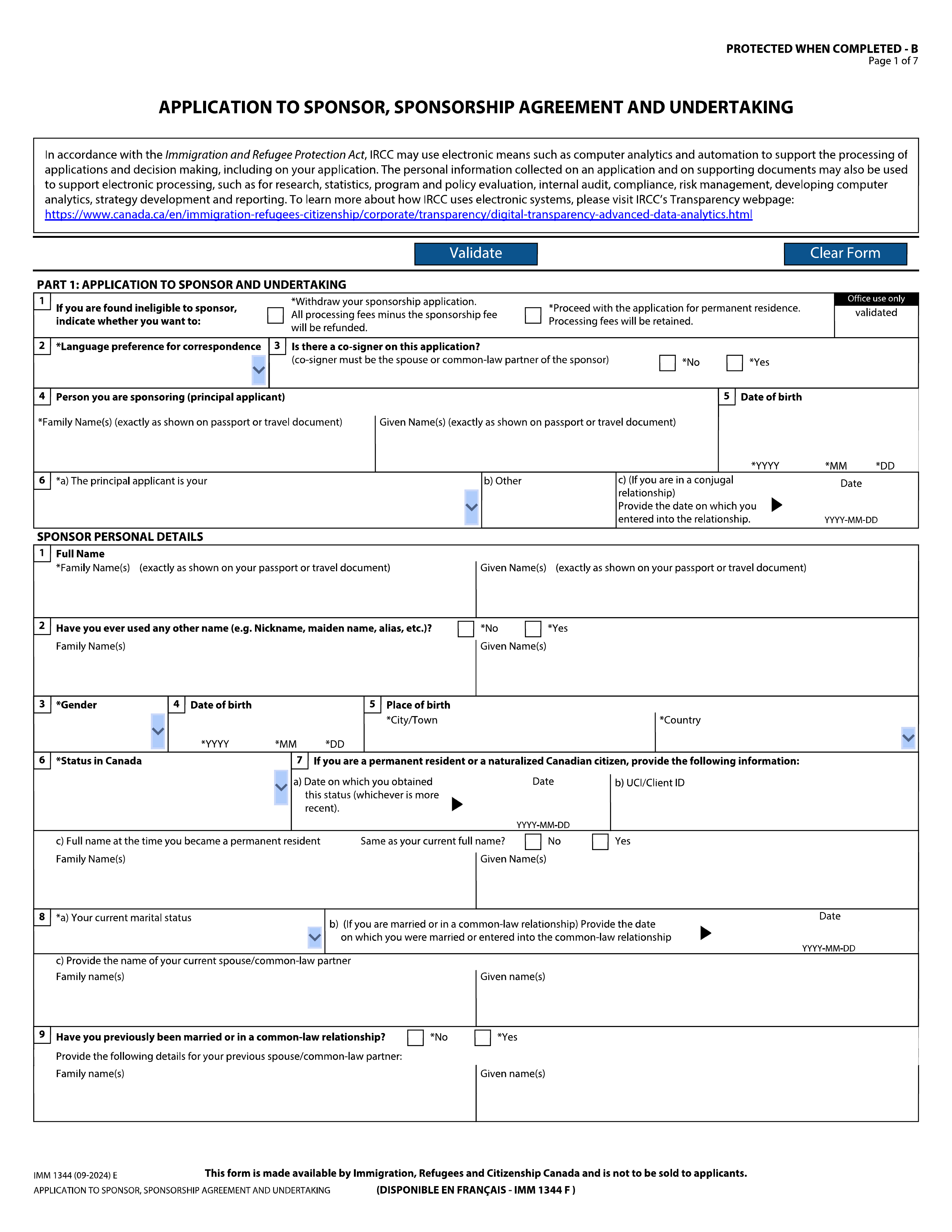What is Form NR301 ?
Form NR301 is a declaration for non-resident individuals, trusts, or corporations to confirm their eligibility for reduced tax rates under a tax treaty with Canada. By submitting this form, payers can determine the appropriate withholding tax rate, ensuring non-resident taxpayers benefit from the treaty provisions. If this form is not provided, payers may apply the standard withholding tax rate, which can be higher than what is warranted. Understanding and completing Form NR301 is essential for non-residents to avoid overpaying taxes in Canada.
What is Form NR301 used for?
Form NR301 is important for non-residents working with Canadian tax treaties. Here’s what it’s used for:
- Declaring Eligibility: Confirms eligibility for reduced tax rates or exemptions under a tax treaty.
- Reduced Withholding Tax: Applies for a lower rate of withholding tax on income like investments, pensions, and royalties.
- Tax Treaty Benefits: Ensures non-residents receive benefits from Canada’s tax treaties.
How to fill out Form NR301 ?
- 1
Fill out necessary fields: Provide information about your residency and eligibility for treaty benefits.
- 2
Confirm beneficial ownership: Ensure you are the beneficial owner of the income.
- 3
Ensure accuracy: Verify that all information is accurate to avoid potential issues with withholding tax rates.
- 4
Download the form: Once completed, click Done to download the form.
- 5
Submit the form: Return the completed form to the payer to confirm your eligibility for reduced tax rates under the tax treaty.
Who is required to fill out Form NR301 ?
Non-resident taxpayers eligible for reduced tax rates under a Canadian tax treaty are responsible for completing Form NR301. This includes individuals receiving income like investment earnings, pensions, annuities, royalties, or estate and trust income subject to Part XIII withholding tax.
After filling out Form NR301, non-resident taxpayers use it to certify their eligibility for treaty benefits. They need to provide details about their residency, legal status, and types of payments expected, ensuring the form is signed and dated for proper certification.
When is Form NR301 not required?
Form NR301 is not required if the non-resident taxpayer isn't eligible for treaty benefits. Additionally, if the payer has enough information to determine the withholding tax rate, the form isn't necessary. Lastly, if the exemption or reduction comes from Part XIII of the Income Tax Act rather than a tax treaty, you don't need to submit this form.
When is Form NR301 due?
The deadline for Form NR301 is not a specific date. You should file it to ensure you benefit from treaty-based tax rates. The form remains valid until there is a change in your eligibility for the declared treaty benefits or until three years after the end of the calendar year in which you signed and dated it, whichever comes first.
How to get a blank Form NR301 ?
To get a blank Form NR301, simply visit our website. The Canada Revenue Agency issues this form, and we have a blank version ready for you to fill out. Remember, our platform helps you fill and download forms, but it does not support filing.
How to sign Form NR301 online?
To validly sign Form NR301, Declaration of Eligibility for Benefits under a Tax Treaty for a Non-Resident Person, you must provide a handwritten signature. While PDF Guru allows you to fill out and download this form, remember to check for the latest updates and complete any submission steps elsewhere, as we do not support form submission.
Where to file Form NR301 ?
To submit Form NR301, send it by mail to the Canadian payer or the hybrid entity or partnership involved. Ensure it reaches the right recipient according to your income source.
If needed, additional forms may be requested by the Canada Revenue Agency (CRA). Remember, you cannot file Form NR301 online, so mailing is essential.

